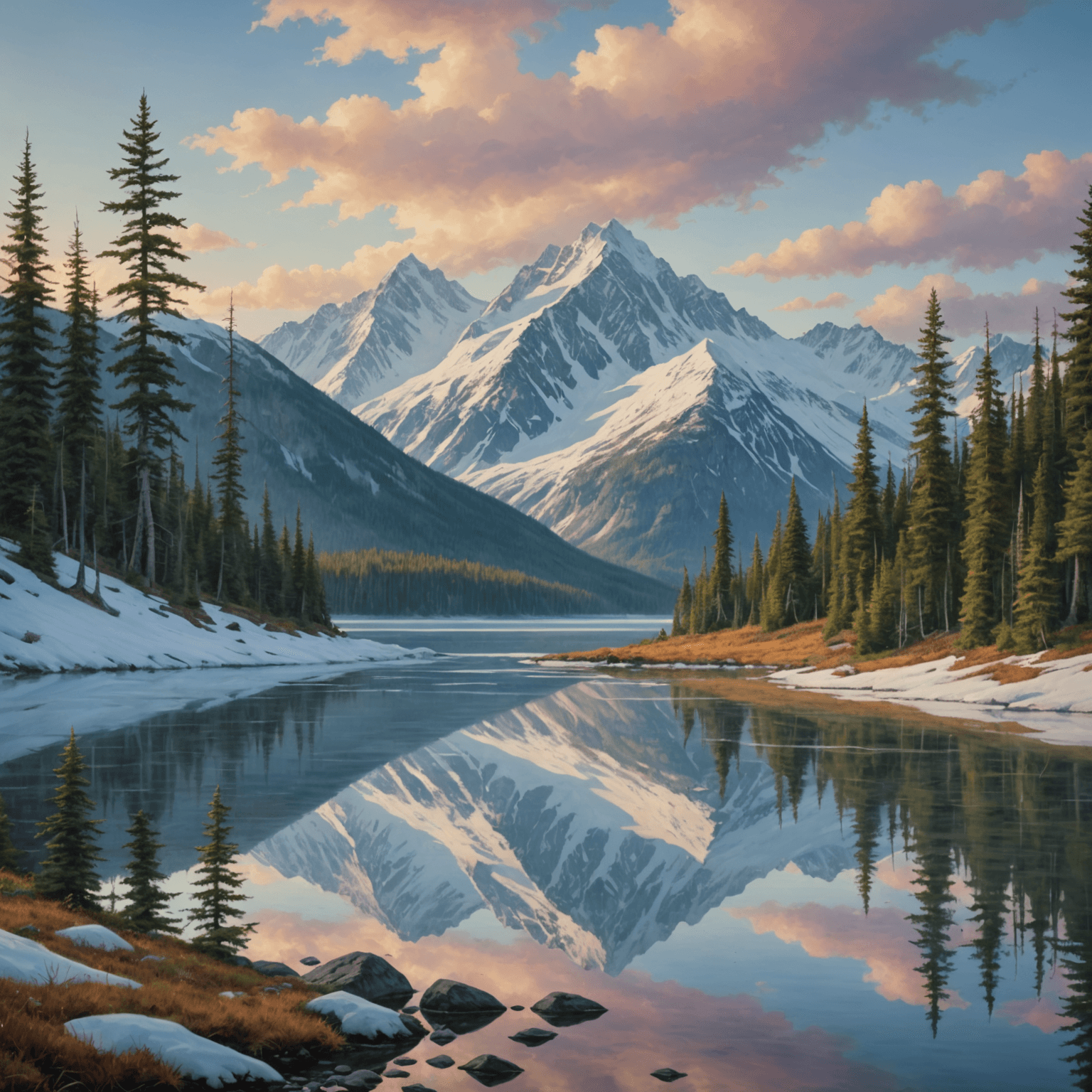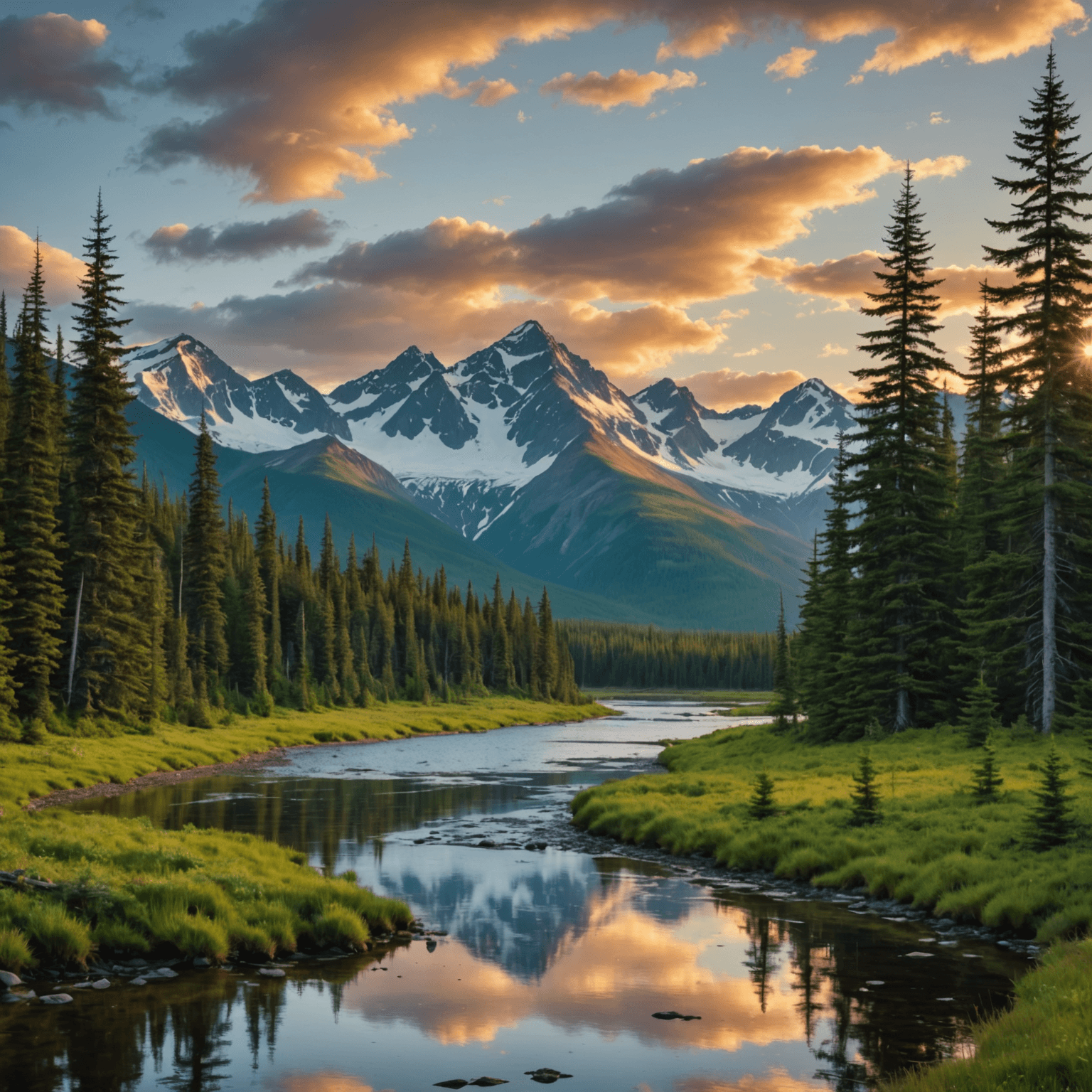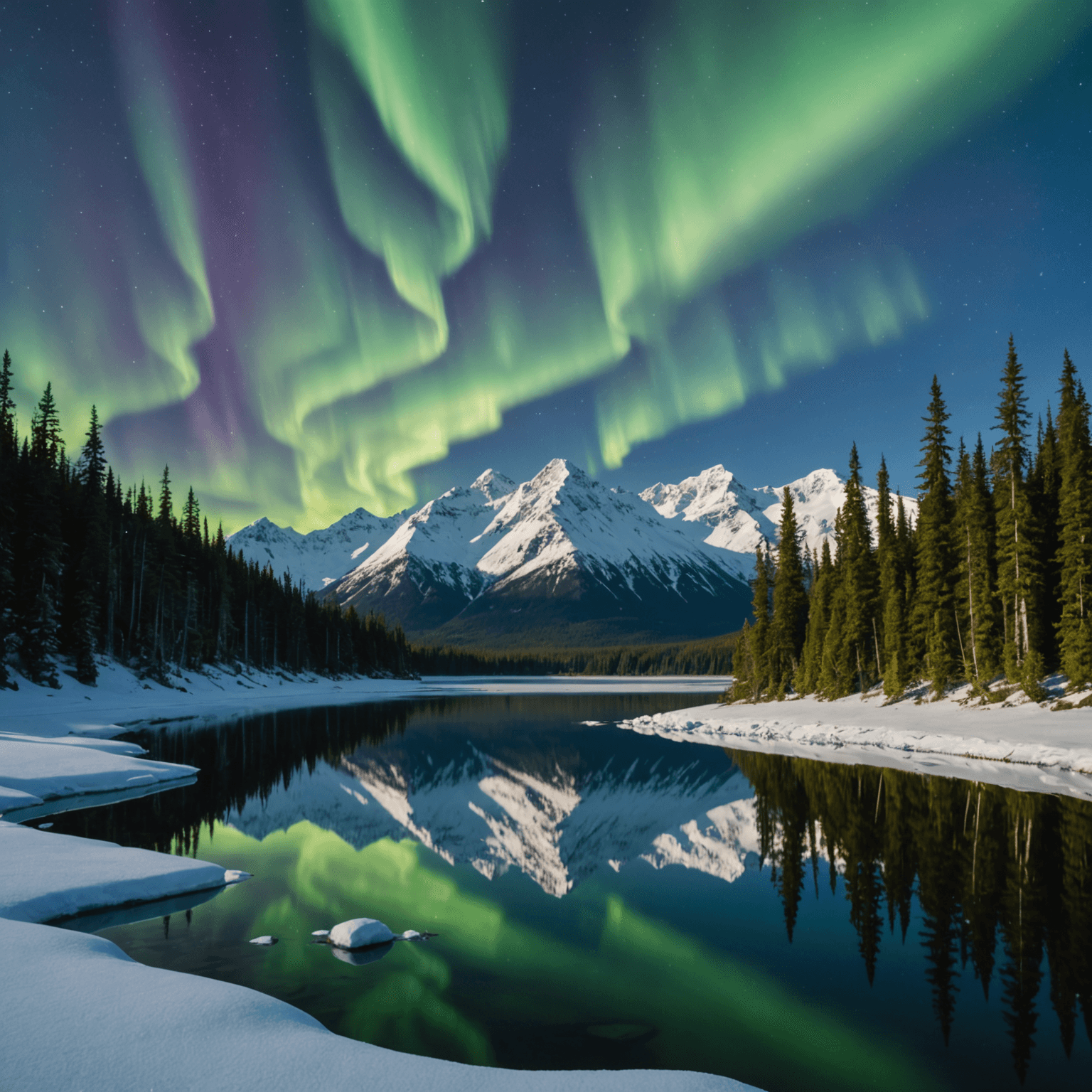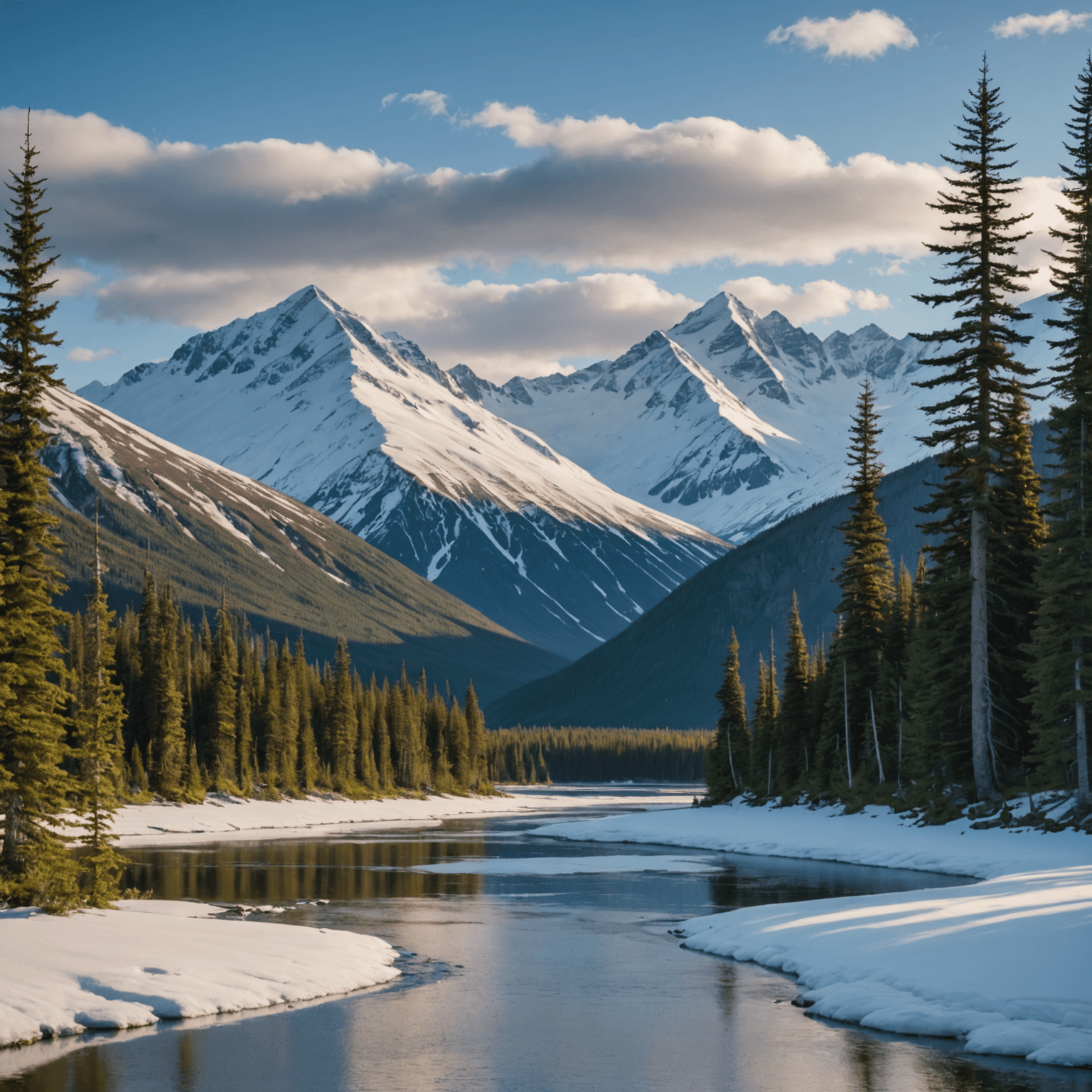Introduction
Glacier dog sledding offers an exhilarating way to explore the breathtaking, icy landscapes of Alaska. Imagine the crisp air, the sound of paws gliding across snow, and the majestic views that stretch as far as the eye can see. With its rich history and thrilling experience, glacier dog sledding is a must-try adventure. This blog post will guide you through everything you need to know, from essential dog sled equipment to safety tips and what to expect during your journey on the ice.
Understanding Dog Sled Equipment
Dog sledding requires specialized equipment to ensure the safety and comfort of both the musher and the dogs. Here’s a breakdown of the essential gear:
Sled
The sled is the backbone of any dog sledding adventure. Typically made from lightweight materials like aluminum or a combination of wood and plastic, the sled must be sturdy enough to withstand the rigors of glacier terrain. It usually features a basket to hold supplies or passengers and a braking mechanism to help control speed.
Harnesses and Ganglines
Harnesses are crucial for distributing the pulling force evenly across the dogs’ bodies. They should fit snugly but not restrict movement. Ganglines connect the dogs to the sled, with each line strategically placed to ensure smooth and coordinated movement.
Booties and Jackets for Dogs
In harsh glacier environments, dog booties protect the dogs’ paws from ice and snow. Some mushers also use jackets to keep their dogs warm, especially during extreme weather conditions.
Personal Gear for Mushers
Mushers need appropriate clothing to stay warm and dry. This includes insulated outerwear, gloves, hats, and waterproof boots. Sunglasses or goggles are also recommended to protect the eyes from glare off the snow.
Safety Equipment
Safety is paramount on a glacier, and mushers should carry essentials like first aid kits, GPS devices, and communication tools. It’s also wise to have emergency supplies like food and blankets in case of unexpected delays.

The Experience of Glacier Dog Sledding
Preparation and Training
Before setting off on a glacier dog sledding tour, both mushers and dogs undergo extensive training. Mushers learn how to control the sled, communicate effectively with the dogs, and navigate the icy terrain. Dogs are trained to respond to commands and work as a team, ensuring a safe and enjoyable ride.
The Thrill of the Ride
Once you’re on the glacier, the adventure truly begins. The sensation of being pulled by a team of energetic huskies through open, snowy landscapes is unmatched. The scenery is awe-inspiring, with towering ice formations and expansive views that are uniquely Alaskan.
Tour Options and Locations
There are various glacier dog sledding tours available, ranging from short rides to multi-day expeditions. Many tours offer a combination of activities, such as dog sledding and helicopter combos, providing a comprehensive Alaskan experience. Locations like Denali National Park and the Matanuska Glacier are popular choices, each offering their unique vistas and challenges.
Safety Considerations
Safety is a top priority for any glacier dog sledding tour. Weather conditions can change rapidly, so it’s essential to check current weather forecasts from reliable sources like NOAA before heading out. Guides are trained to handle emergencies, and tours typically follow strict safety protocols to minimize risks.

Conclusion
Glacier dog sledding is an unforgettable adventure that combines the thrill of mushing with the stunning beauty of Alaska’s icy wilderness. Whether you’re an experienced adventurer or a first-time visitor, the experience offers a unique perspective on the natural world. With the right equipment, training, and tour provider, you’re set for a journey that you’ll remember for a lifetime.
For those interested in more adventurous excursions, Snowhook Adventures offers a variety of tours to suit every interest and skill level.
FAQ
What is the best time of year for glacier dog sledding?
The optimal time for glacier dog sledding is during the late spring and summer months when weather conditions are stable and daylight is abundant. Many tours operate from May to September.
How do I prepare for a glacier dog sledding trip?
Preparation includes wearing appropriate clothing for cold weather, ensuring physical fitness, and familiarizing yourself with basic commands used in dog sledding. Check out Snowhook Adventures’ amenities for more details on what to expect.
Is dog sledding safe for the dogs?
Yes, when conducted by reputable tour providers, dog sledding is safe for the dogs. They are bred and trained for this activity, and their health and well-being are prioritized.
Can children participate in glacier dog sledding?
Children can participate in many tours, but age restrictions may apply depending on the length and difficulty of the tour. It’s best to check with the specific tour provider.
What should I bring on a dog sledding tour?
Bring layered clothing, sunglasses, gloves, a camera, and any personal items you may need. Some tours provide additional gear, so confirm with your provider.
Do I need prior experience to go dog sledding?
No prior experience is necessary. Most tours include a training session to familiarize participants with the basics of dog sledding.
Are there weight limits for participants on a sled?
Weight limits can vary by tour operator and are often based on the sled’s capacity and the strength of the dog team. Always check with your chosen tour provider for specific guidelines.
For more insights about planning your Alaskan adventure, visit Travel Alaska and Alaska.org.




